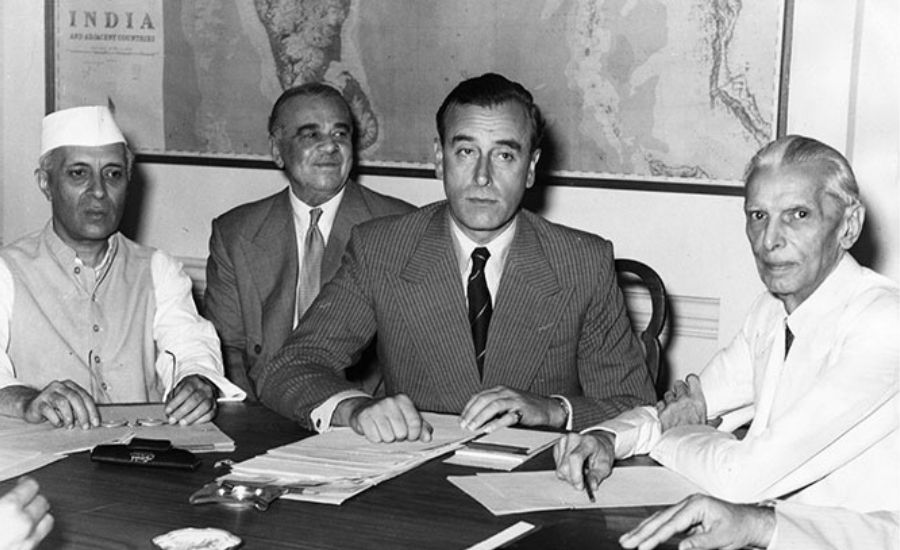
In July 1946, the Muslim League passed a resolution stating that it was going to walk away from the Cabinet Mission Plan and the Indian constitution-making process. In the preceding week and months, the League and the Indian National Congress were in intense political conflict over the constitutional future of India. The Congress yearned for an undivided India, while the League wanted a separate Muslim state.
The British, who were mediators in this whole affair, came up with a scheme popularly known as the Cabinet Mission Plan that proposed something of a compromise: There would be no separate Muslim state, but Indian provinces would be ‘grouped’ on the basis of religion and these provinces would enjoy wide autonomy. There would a relatively weak central government having powers a small group of matters like national defence.
The Congress and the League had reservations over the Plan, but agreed to work with it. Soon enough though, conflict emerged over two key aspects of the Plan: first, the formation of an interim government of India manned by Indians and second, the setting up of a Constituent Assembly that would draft India’s Constitution.
Both parties could not agree on the composition of the interim government. The League wanted the number of League nominated members to be equal to that of the Congress. Further, it did not want the Congress to nominate any Muslim member. The Congress refused to give in to these demands.
The Congress felt that resolving the deadlock could happen later, but preparations towards the setting of a Constituent Assembly should begin immediately. Viceroy Lord Mountbatten and the Cabinet Mission felt the same. The League, however, did not.
The League argued that the formation of an interim government and the setting up of the Constituent Assembly were inextricably linked. Constitution-making should not begin before an interim government was in place. The League President Muhammad Ali Jinnah wrote a letter to the Viceroy saying “It is undesirable to proceed with one part i.e. the elections to the Constituent Assembly and to postpone the other [Interim Government].”
The Viceroy responded to Jinnah on the same day with a curt: “The arrangements for the elections to the Constituent Assembly have already been put into operation and we do not propose to postpone them.”
And so in July 1946, the League, having realised that neither the Congress nor the British were going to budge, passed a significant resolution expressing its concern that the League the Congress, with its “overwhelming Hindu-Caste majority whereby they will be in a position to use the Assembly in the manner in which they have already declared i.e. that they will wreck the basic form of the grouping of provinces and extend the scope, powers and subjects of the Union Centre….”
The League warned that “the participation of Muslims in the proposed constitution-making machinery is fraught with danger” and announced that it was going to withdraw from the Cabinet Mission Plan and constitution-making.
Soon, the League passed another resolution declaring that the –
‘Muslims of India would not rest contented with anything less than the immediate establishment of an independent and fully sovereign State of Pakistan … the time has come for the Muslim Nation to resort to Direct Action to achieve Pakistan to assert their just rights, to vindicate their honour and to get rid of the present British slavery and the contemplated future Caste-Hindu domination…’
With this, the League had gestured towards moving away from constitutional negotiations to “political action” on the streets. 16th August was christened ‘Direct Action Day’. While the communal pot had been boiling for months, when 16th August came around, it triggered large scale Hindu-Muslim violence across India, especially in the provinces of Punjab, United Provinces and the North-Western Provinces.
